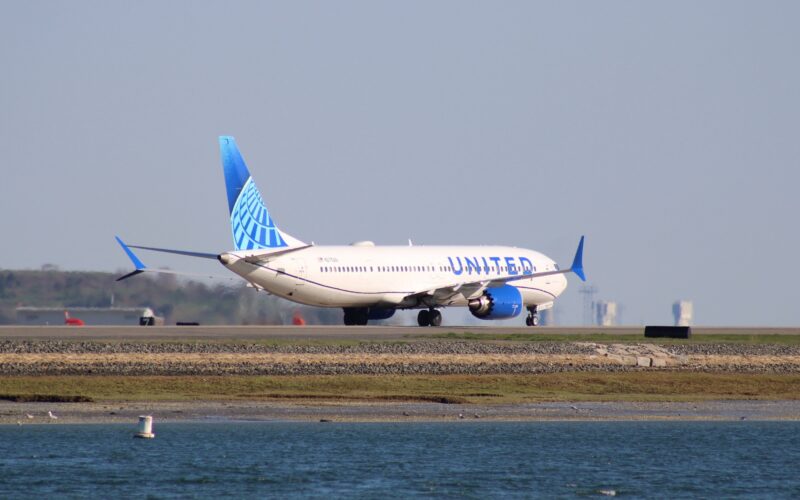The United States (US) National Transportation Safety Board (NTSB) has concluded that a United Airlines Boeing 737 MAX-9 landed on the wrong runway at Pittsburgh International Airport (PIT) because the crew mistook their intended runway for a different one.
During the incident at PIT in June 2022, a United Airlines Boeing 737 MAX-9, registered as N37513, landed on runway 28L, despite being approved to land on runway 28C. According to the NTSB, the pilots have claimed that before they began descending, the first officer, who was the pilot monitoring (PM), programmed the flight management computer (FMC) for the area navigation (RNAV) approach to runway 28C.
However, local Air Traffic Control (ATC) then asked the crew to change the landing runway, first instructing them to land on runway 32. Shortly after, ATC provided the Boeing 737 MAX-9 pilots with visual approach vectors to land on runway 28C.
After the crew told ATC that the airport was in sight, the controller cleared the aircraft to land using a visual approach on runway 28C. The captain, pilot flying (PF), confirmed he saw the precision approach path indicator (PAPI) lights, but the NTSB has pointed out that runways 28C and 28L both had PAPI lights on the left side of the respective runways.
A distraction during a critical phase
Subsequently, the PF asked the PM to “extend the centerline of the approach from the next waypoint, at which time the first officer reported that both FMC control display units had blanked,” the NTSB’s report read. The report added that this took away the pilots’ “backup lateral and vertical navigational guidance”.
As such, the first officer attempted to fix the blanking FMCs creating a “distraction at a critical phase of the flight that reduced the crew’s opportunity to ensure correct runway alignment”. After reviewing the incident and relevant data, the NTSB has determined that the FMCs had a dual reset when the Boeing 737 MAX was at about 4,000 feet of altitude, 3,350 feet above ground level.
23 seconds later, about four minutes before touchdown at PIT, the FMCs began showing data to the pilots once again.
The crew then asked ATC to confirm that they were cleared to land on runway 28C, which the controller affirmed. Once the controller responsible for the United Airlines flight noticed that the Boeing 737 MAX-9 was not aligned with the correct runway, though, they verified that no conflicting traffic was present and allowed the aircraft to land on runway 28L.
This is permitted according to the FAA’s regulations, “which allows controllers to exercise their best judgment if they encounter situations not covered by the order”. Furthermore, since the two parallel runways were closely located, the controller would have found it difficult to differentiate between runway 28L and runway 28C.
“Although the incident airplane had a runway awareness and advisory system or RAAS installed in the cockpit, the operator did not select the option to provide crews with an aural alert for the runway that the airplane would be approaching in flight,” the NTSB noted.
However, the NTSB determined that “the dual blanking of the FMC control display units did not cause the flight crew to align the airplane with and land on the wrong runway, given that the airplane was operating in visual meteorological conditions and the flight was cleared for the visual approach to runway 28C”.
The NTSB concluded that the probable cause of the incident was the flight crew’s failure to identify the correct runway, resulting in aligning and landing on runway 28L instead of runway 28C. Nevertheless, the dual blanking of the FMCs was a contributing factor, as it created a distraction in the cockpit.
In a separate incident, when a FedEx Boeing 757 landed on the wrong runway at Tulsa International Airport (TUL) in June 2022, the RAAS helped pilots to realize that their aircraft was on the wrong runway.

